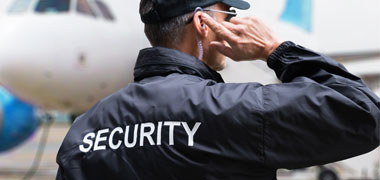
How do I become a unmanned aerial vehicle pilot?
Certificate III in Aviation (Remote Pilot)
- There are no mandated entry requirements.








Bachelor of Engineering Technology (Civil)
- There are no mandated entry requirements.
 Melbourne Polytechnic
Melbourne Polytechnic
Bachelor of Engineering Technology (Mechanical and Manufacturing)
- There are no mandated entry requirements.
 Chisholm Institute
Chisholm Institute
Bachelor of Engineering Technology (Mechatronics)
- There are no mandated entry requirements.
 Chisholm Institute
Chisholm Institute
Bachelor of Information Technology (Data Engineering)
- There are no mandated entry requirements.
 TAFE NSW
TAFE NSW
Related occupations
Drone Operator
A Drone Operator flies unmanned aerial vehicles for various purposes, including photography and surveillance, while ensuring safety and maintaining equipment.
Common questions
How much does an Unmanned Aerial Vehicle Pilot earn?
In Australia, a full time Unmanned Aerial Vehicle Pilot generally earns $1,500 per week ($78,000 annual salary) before tax. This is a median figure for full-time employees and should be considered a guide only. As you gain more experience you can expect a potentially higher salary than people who are new to the industry.
What are the job opportunities for an Unmanned Aerial Vehicle Pilot?
This industry has experienced stable employment numbers over the last five years. There are currently 1,200 people working in this field in Australia, and many of them specialise as an Unmanned Aerial Vehicle Pilot. Unmanned Aerial Vehicle Pilots may find work across all regions of Australia.
Source: Australian Government Labour Market Insights
How do I become an Unmanned Aerial Vehicle Pilot?
If you’re planning a career as an Unmanned Aerial Vehicle Pilot, consider enrolling in a Certificate III in Aviation (Remote Pilot – Visual Line of Sight). This course will give you the skills to operate drone aircraft and covers a range of topics including navigation skills, operating an aeronautical radio, understanding drone regulations, abnormal flight situations and info-technology devices. A Certificate II in Aviation (Remote Pilot) may also be appropriate.
Further reading


Careers for people who love the outdoors
14th September 2021)

